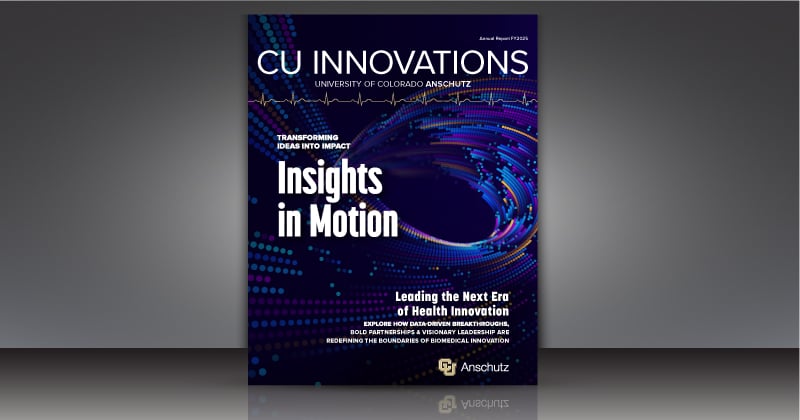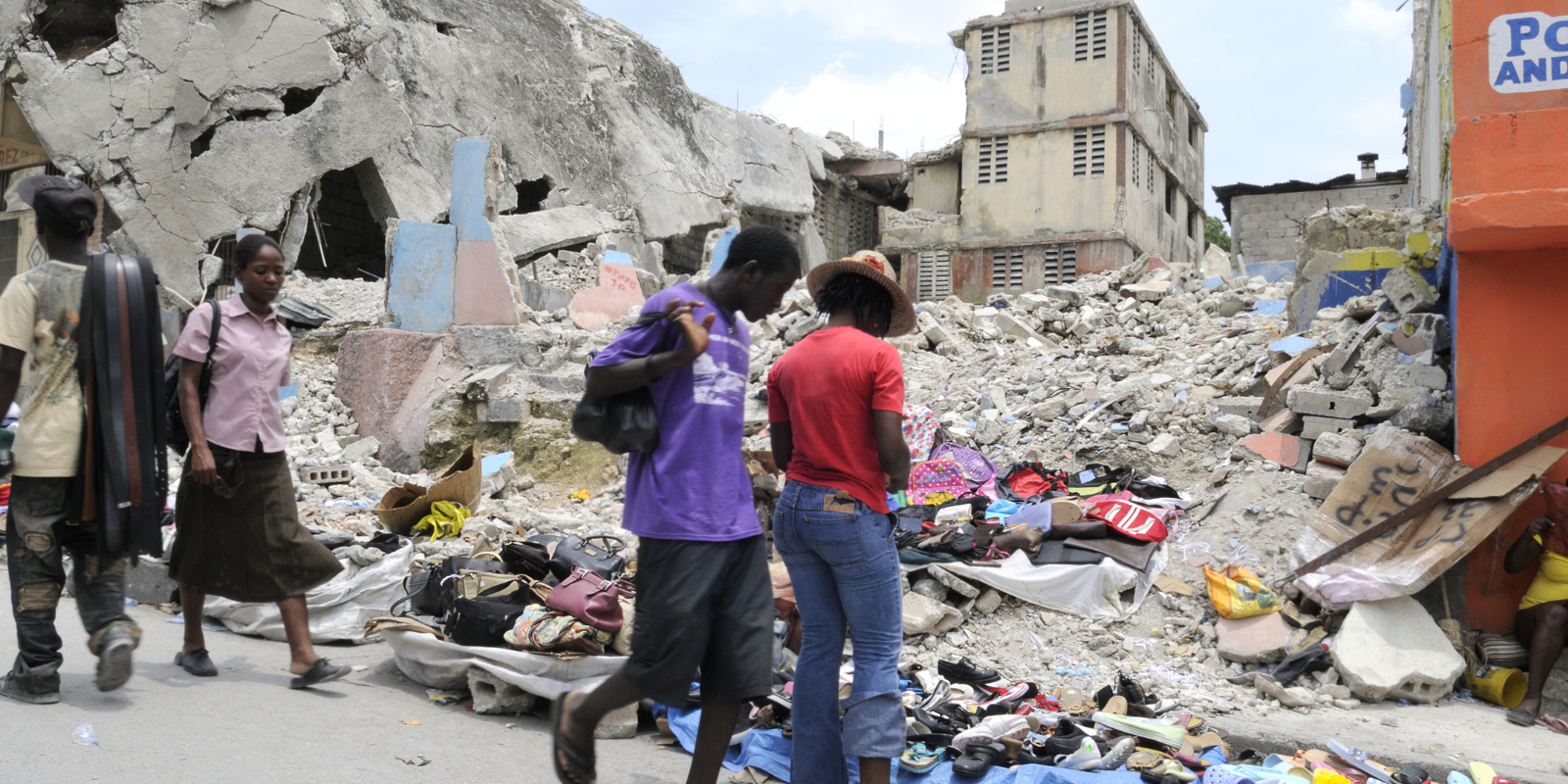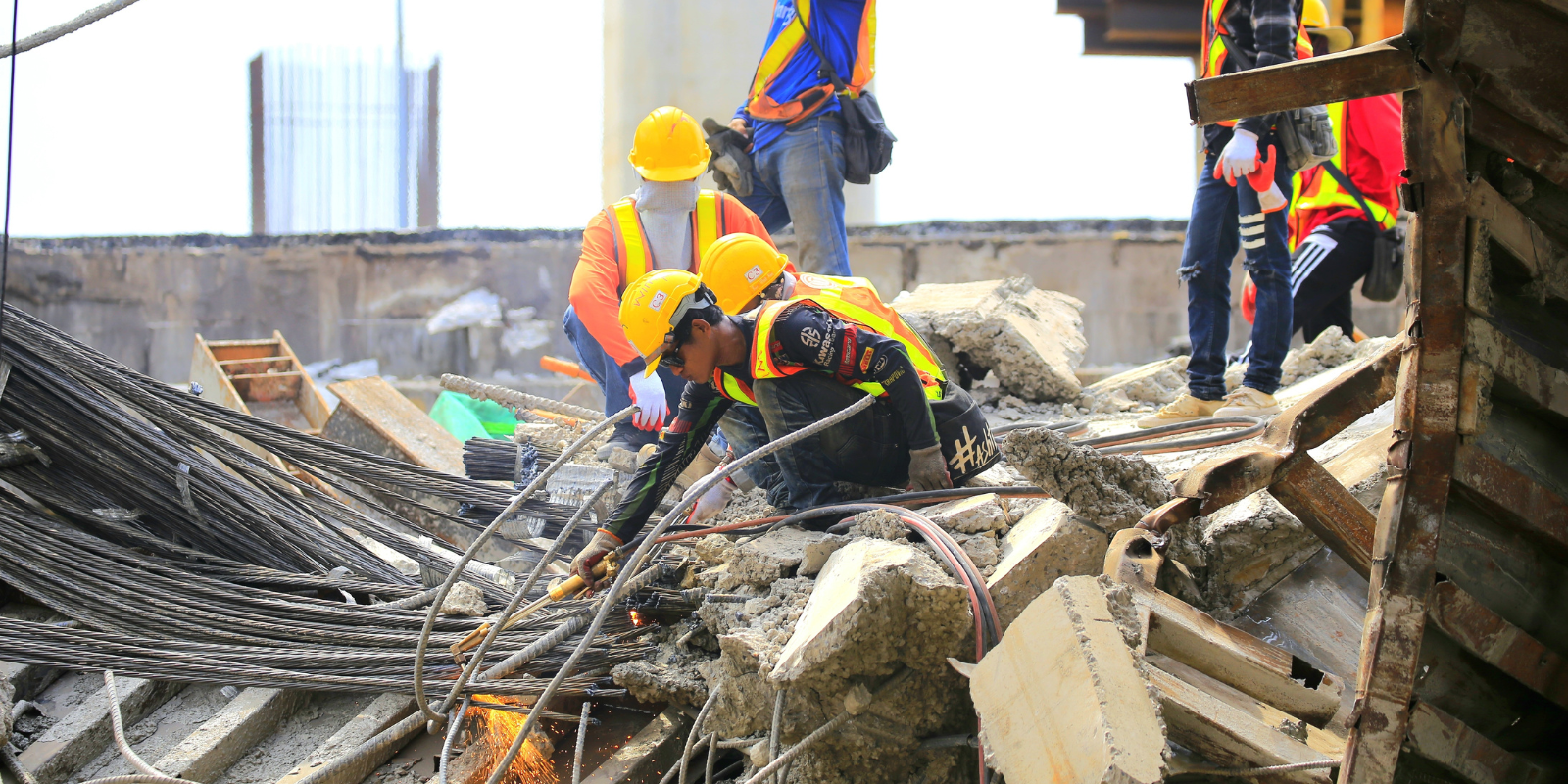Despite the pandemic, the elder woman seated in Adriana Zuniga’s, DDS, dental chair that day had traveled miles for a crown she’d been waiting months to get. Delaying care any longer for her and others in her family who came from their Arizona reservation for dental help was unthinkable with the long waitlist.
But when the generally stoic woman broke down in tears, Zuniga knew something bigger than the stress of a dental visit was wrong. “The pain from the anesthetic procedure just released all of this emotional pain. And so I set her up, and I talked to her.”
Zuniga, director of dentistry at Denver Indian Health and Family Services (DIHFS), learned that the woman had just lost six family members to COVID-19 and that multiple more loved ones were home battling the virus. After she shared her grief, the elder dried her tears and received her crown.
Zuniga recounted the story during a Science Writers 2023 panel at the University of Anschutz Medical Campus because it illustrated the “strength, grit and bravery” common among the people within the many different tribes she cares for every day.
She and fellow panelists Lucille Echohawk, MEd, a highly respected local elder and advisor with the Denver Indian Family Resource Center, and Crystal LoudHawk-Hedgepeth, MEd, a research associate with the American Indian College Fund, emphasized to the journalists the importance of hearing people in both storytelling and public health.
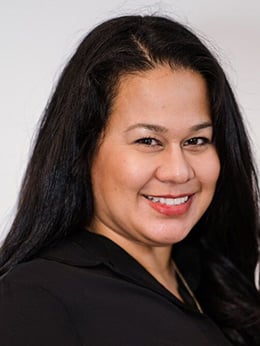
Adriana Zuniga, DDS |
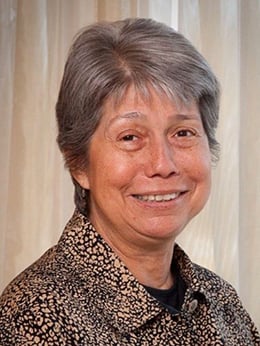
Lucille Echohawk, MEd |
“The thing that I would like to underscore is working with community members and really listening to what they have to say,” LoudHawk-Hedgepeth said. For her colleagues, doing so resulted in a successful messaging campaign during the pandemic, which struck American Indian and Alaska Native communities hard and also rekindled deep-seated medical mistrust.
Working within the communities and with groups like the Colorado Commission of Indian Affairs, they “built strong connections and created targeted messages that were relevant to our communities,” she said, crediting a method called Boot Camp Translation for enhancing the success.
By engaging community members, the method translates evidence-based medical care into appropriate language and concepts. For example, COVID-prevention campaigns focused on elders, the most vulnerable to COVID and the most revered in Indigenous populations, to bring the message home to younger tribe members.
“As a culture, they are the most important to us. They carry our stories. They carry our history,” LoudHawk-Hedgepeth said.
Listen. 'Then you establish their trust'
Echohawk, whose brother lost his wife early in the pandemic, was concerned about her community getting vaccinations when they began arriving. But she credits her community advocates and DIHFS leadership for making it happen. “And they put elders first. I was just so grateful.”
While stories of strength and resilience abound in their communities, as Zuniga’s dental story illustrated, access and healthcare issues remain, LoudHawk-Hedgepeth said. “Our systems still don’t talk to each other. We literally just got an EHR (electronic health records) system about six years ago.”
For journalists to produce the stories that matter, they need to really listen to their members, Echohawk reiterated, suggesting learning motivational interviewing, a method used by healthcare providers that emphasizes open-ended questions with models specifically for interviewing Indigenous populations.
“Then you establish their trust,” Echohawk said. “I’ve seen people use it, and it really works.”
The discussion was moderated by Jennifer Russell, MHA, of the Centers for American Indian and Alaska Native Health at the Colorado School of Public Health and held in the Nighthorse Campbell Native Health Building on campus.

